Teylers Museum visual identity
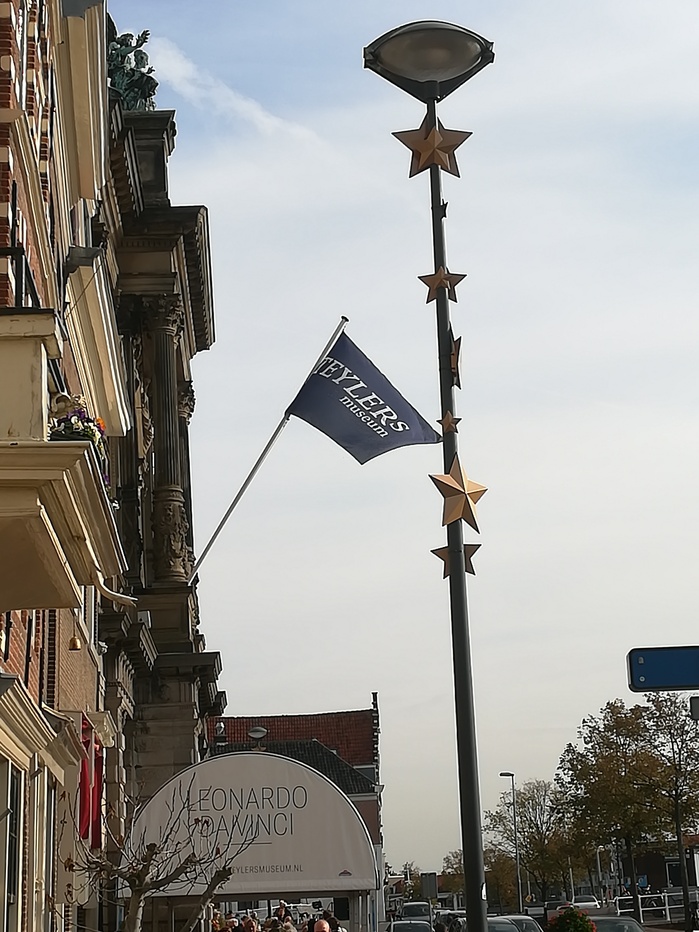
License: All Rights Reserved.


Teylers Museum in Haarlem is the oldest museum in the Netherlands, founded in 1784 based on the legacy of Pieter Teyler van der Hulst, a banker and philanthropist with Enlightenment ideals. In his will, Teyler left provisions for the establishment of an institution to house scientific instruments, natural history collections, and art, with the goal of promoting knowledge and learning for the public good.
The museum's Oval Room, originally the primary exhibition space, was designed to reflect the intellectual values of the time. With its elliptical shape and high dome, it provided a setting for the display of objects and scholarly study. Today, it continues to house scientific instruments and geological specimens. As the museum expanded, additional galleries were built to accommodate its growing collection, but the Oval Room remains a central and historically significant feature.
For several decades, Teylers Museum has used DTL Documenta and DTL Haarlemmer for its signage and publications, including captions in the glass cases and information typeset on the walls during exhibitions. However, it is unfortunately unclear who first introduced these typefaces or how their use at the museum began.
Over the years, several studios including Bregt Balk, Gracia Lebbink and Studio Wesseling have worked on (parts of) the museum’s identity. It’s not clear which of the shown items was created by whom, except the image showing the ‘chiseled’ T, which is part of Studio Wesseling’s previous visual identity for the museum (they are also responsible for the current branding).
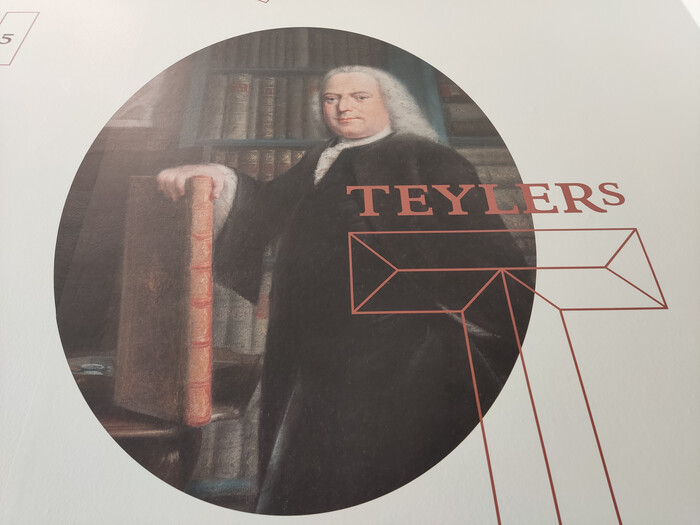
License: All Rights Reserved.
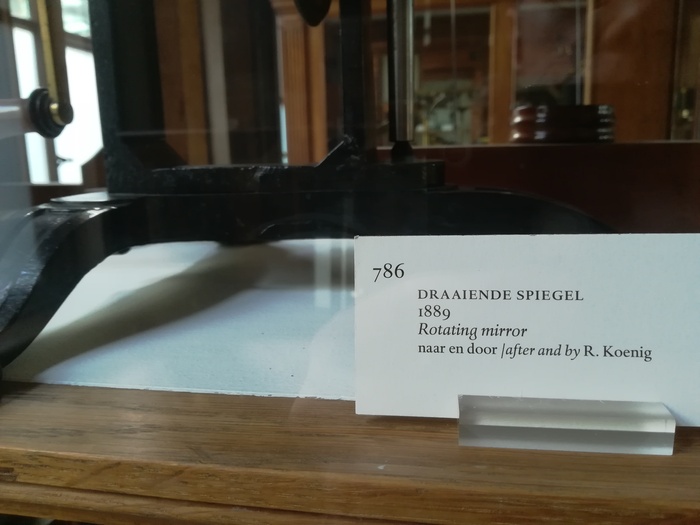
License: All Rights Reserved.
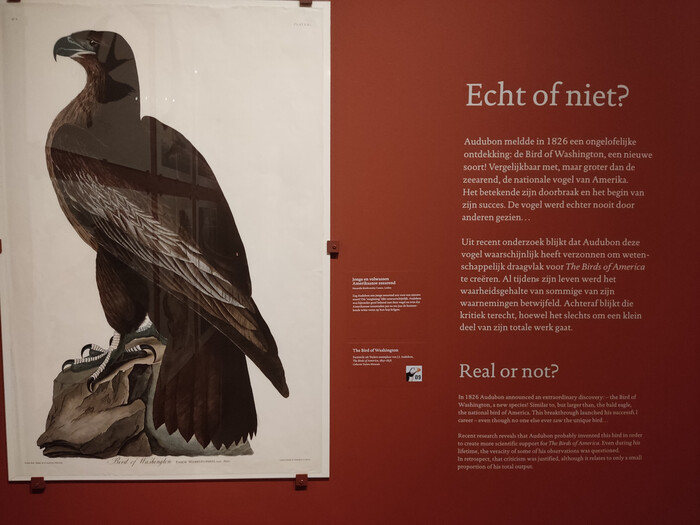
License: All Rights Reserved.
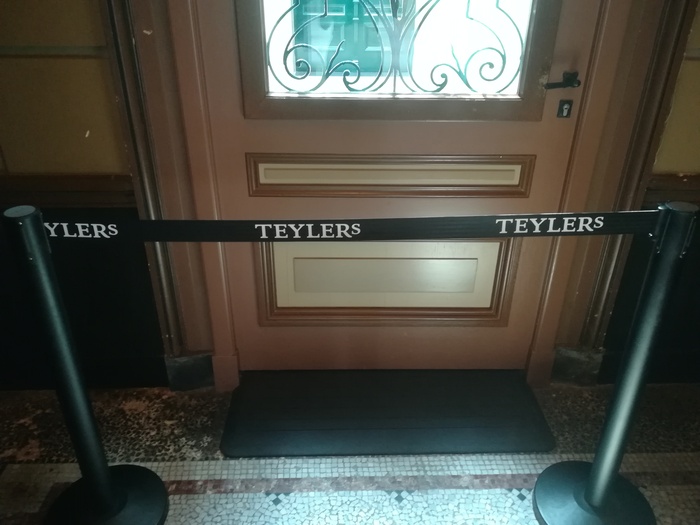
License: All Rights Reserved.
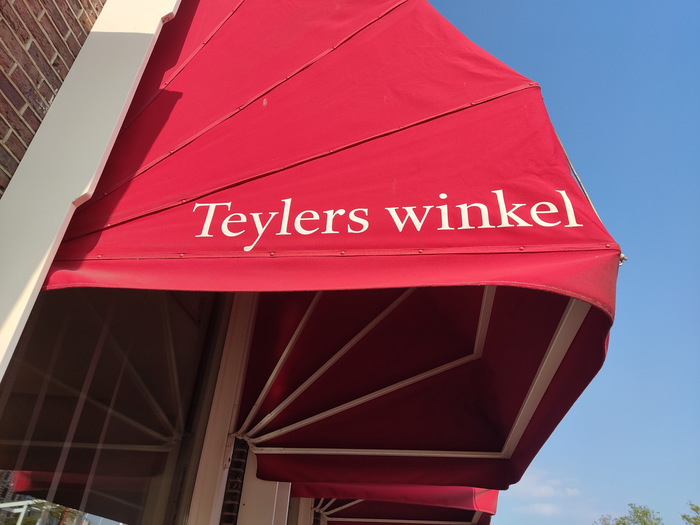
License: All Rights Reserved.
This post was originally published at Fonts In Use